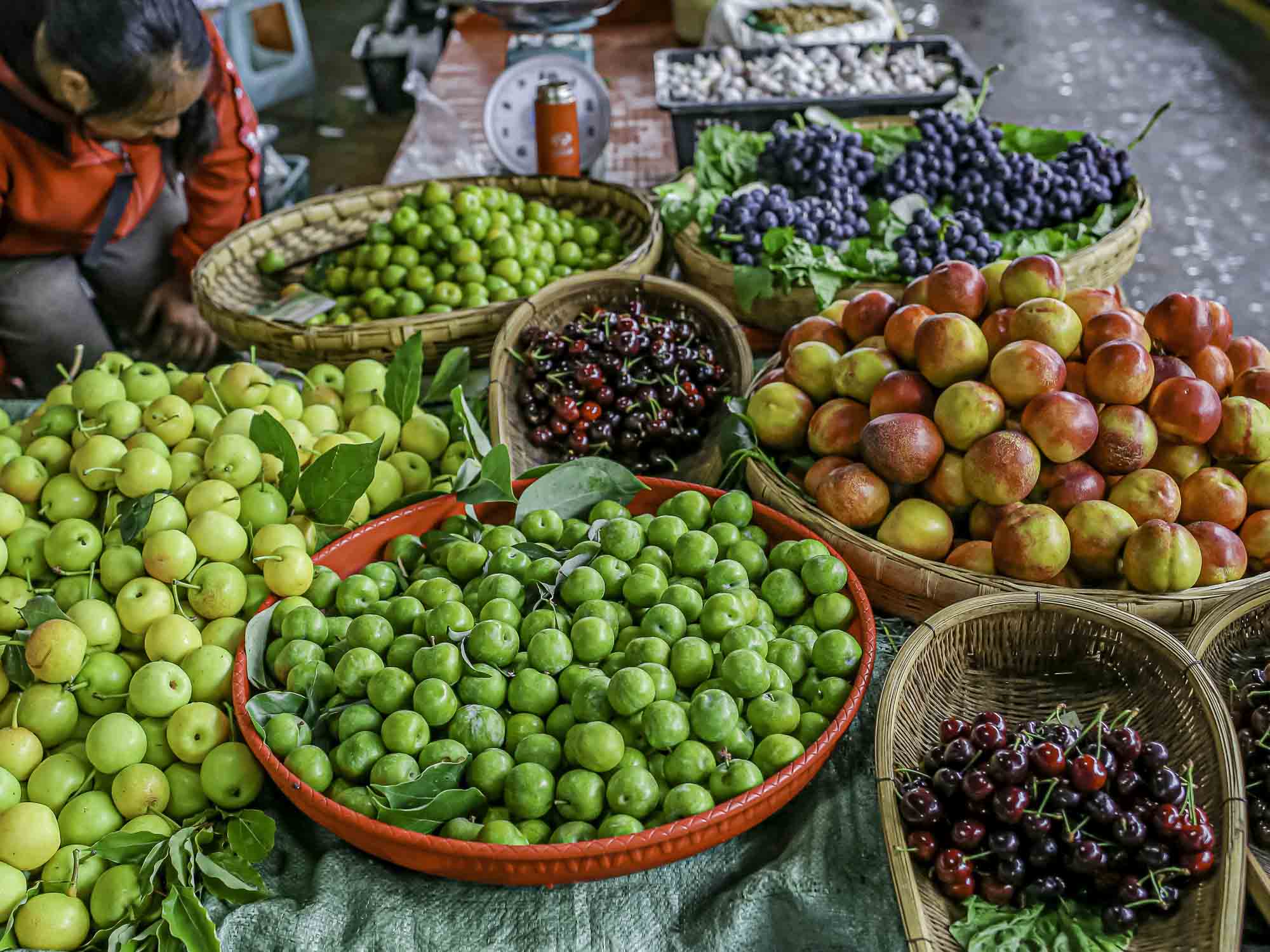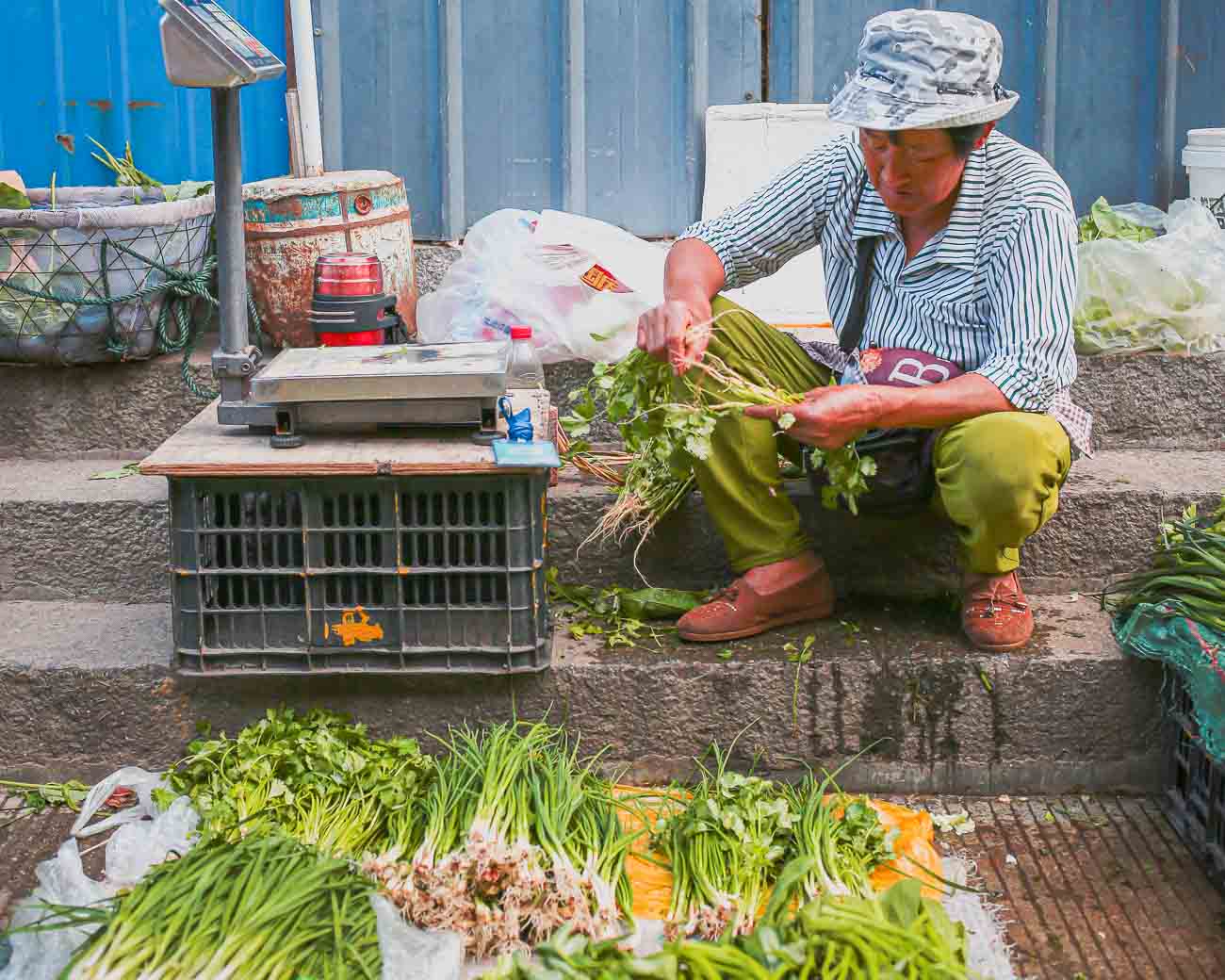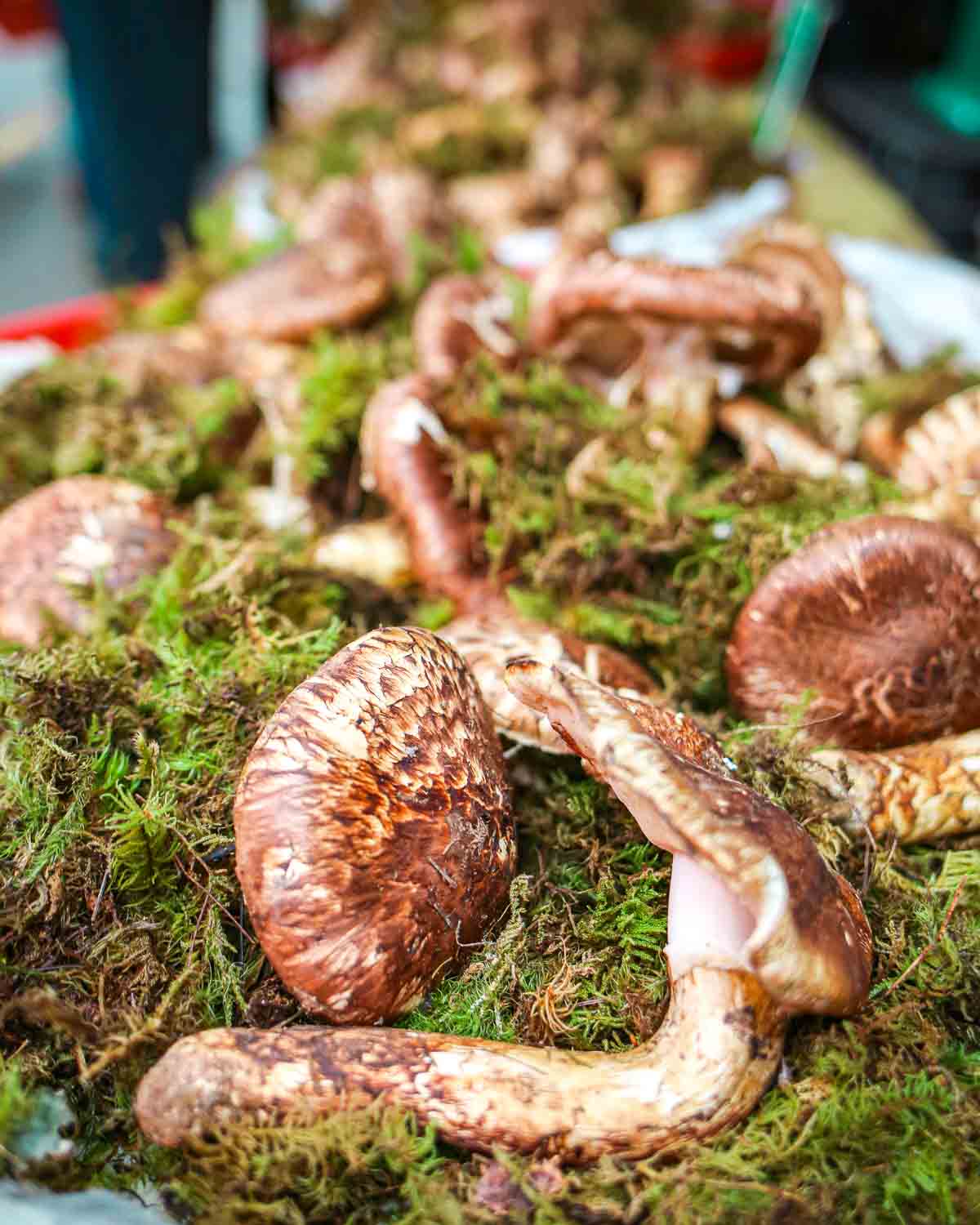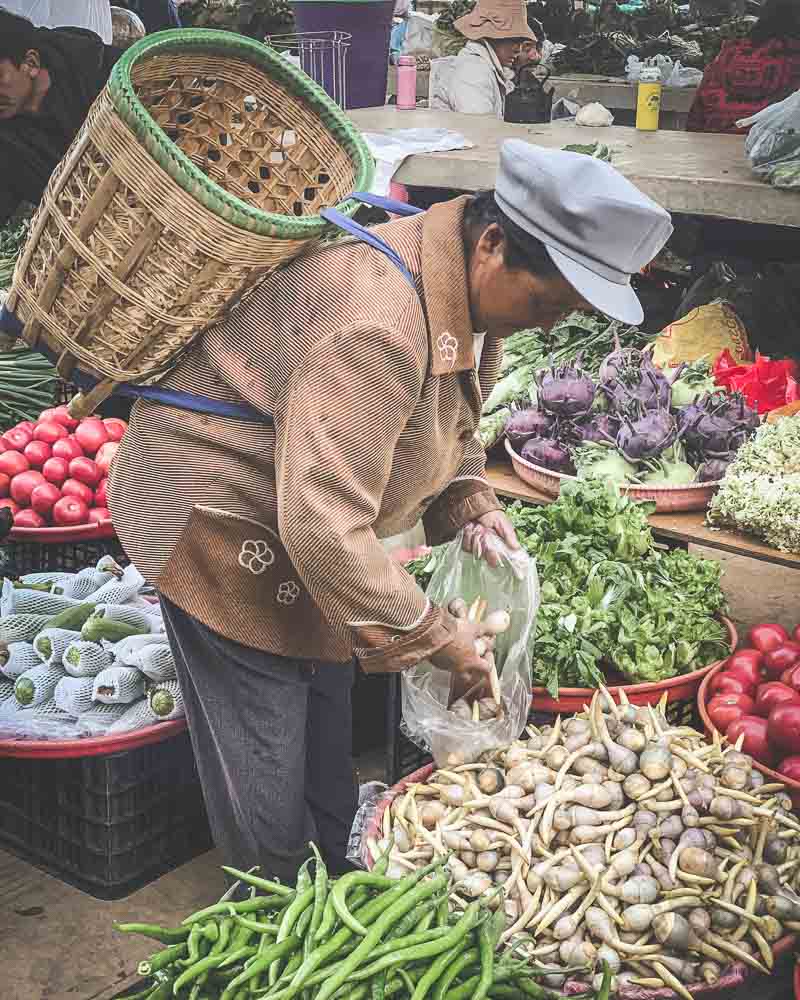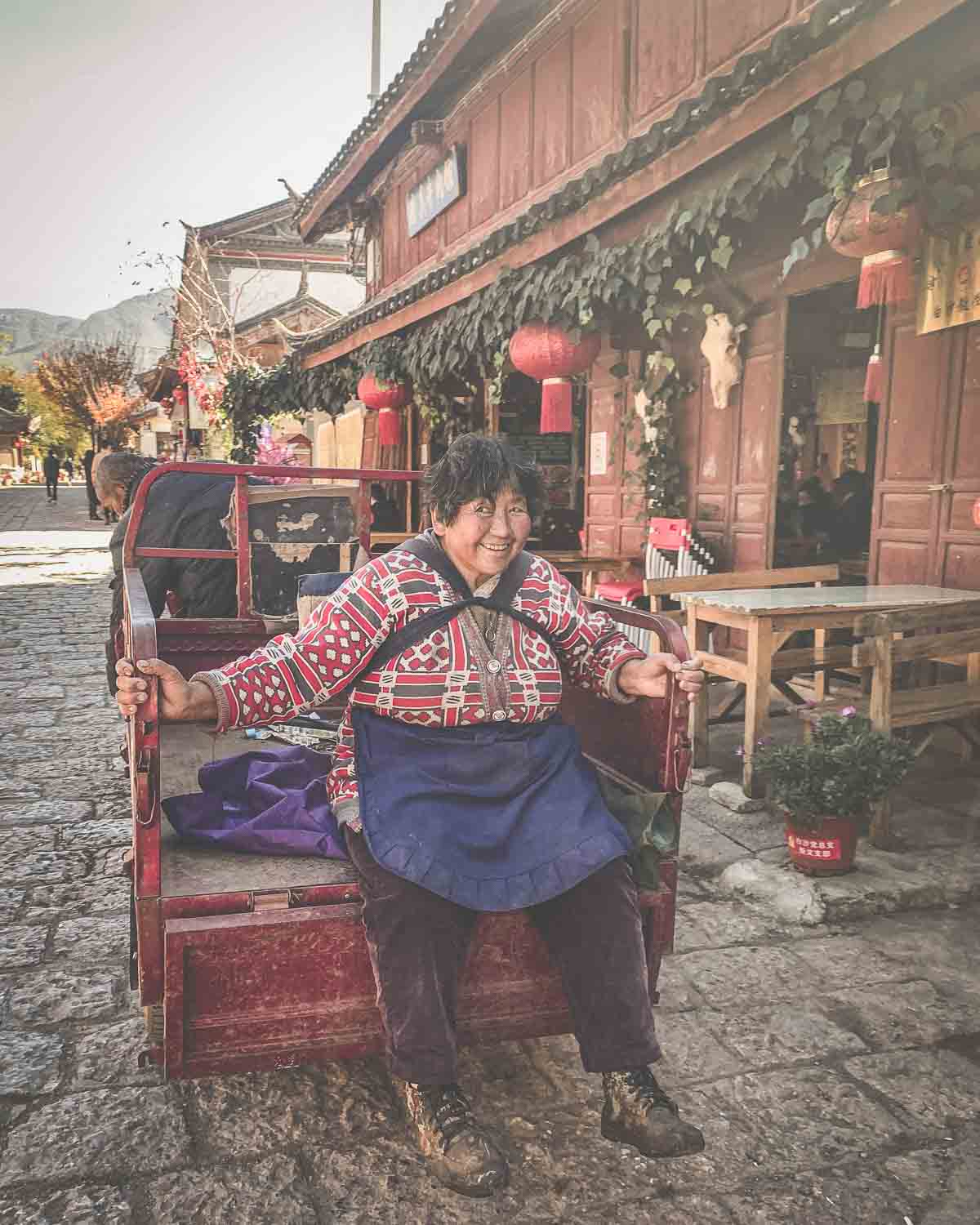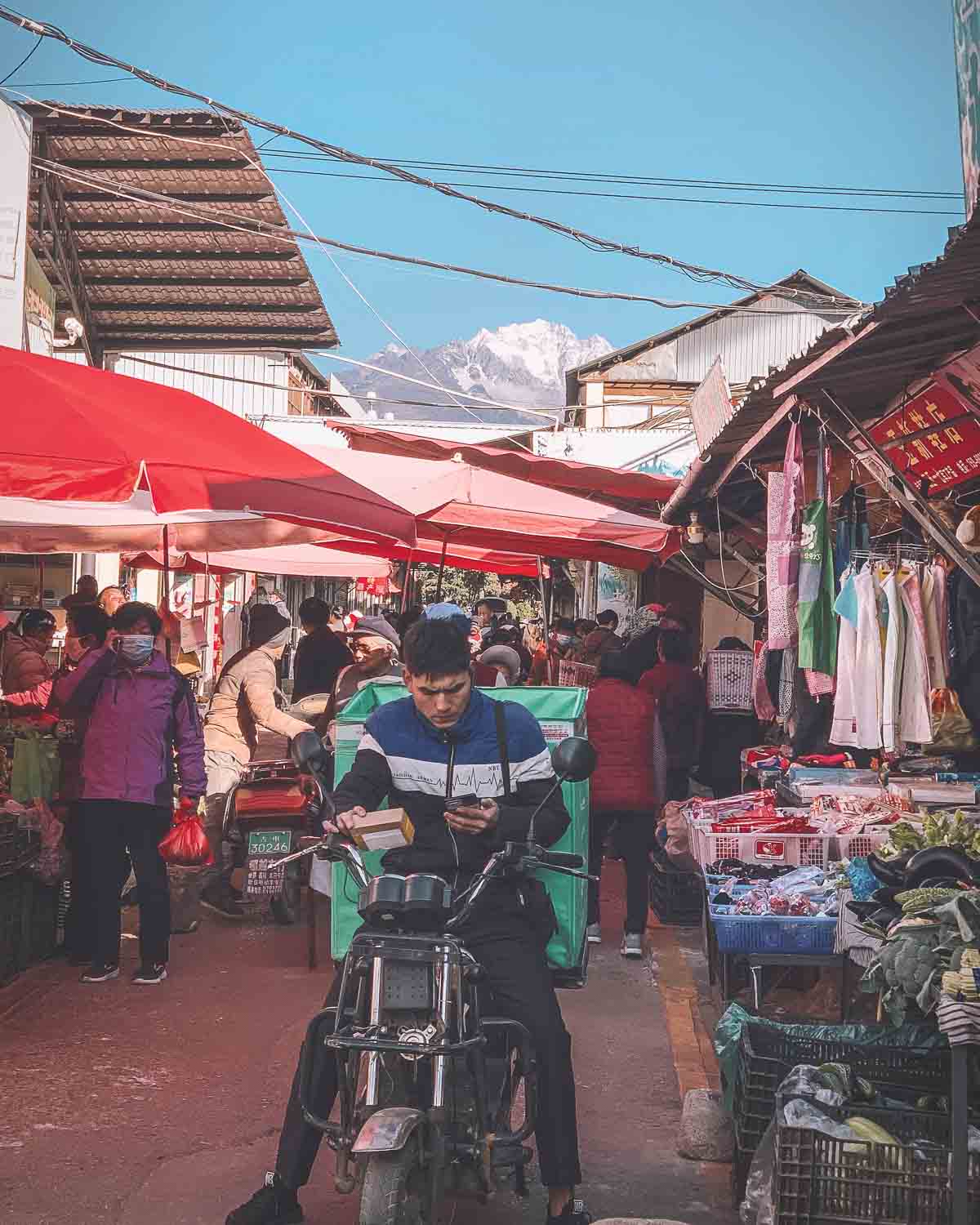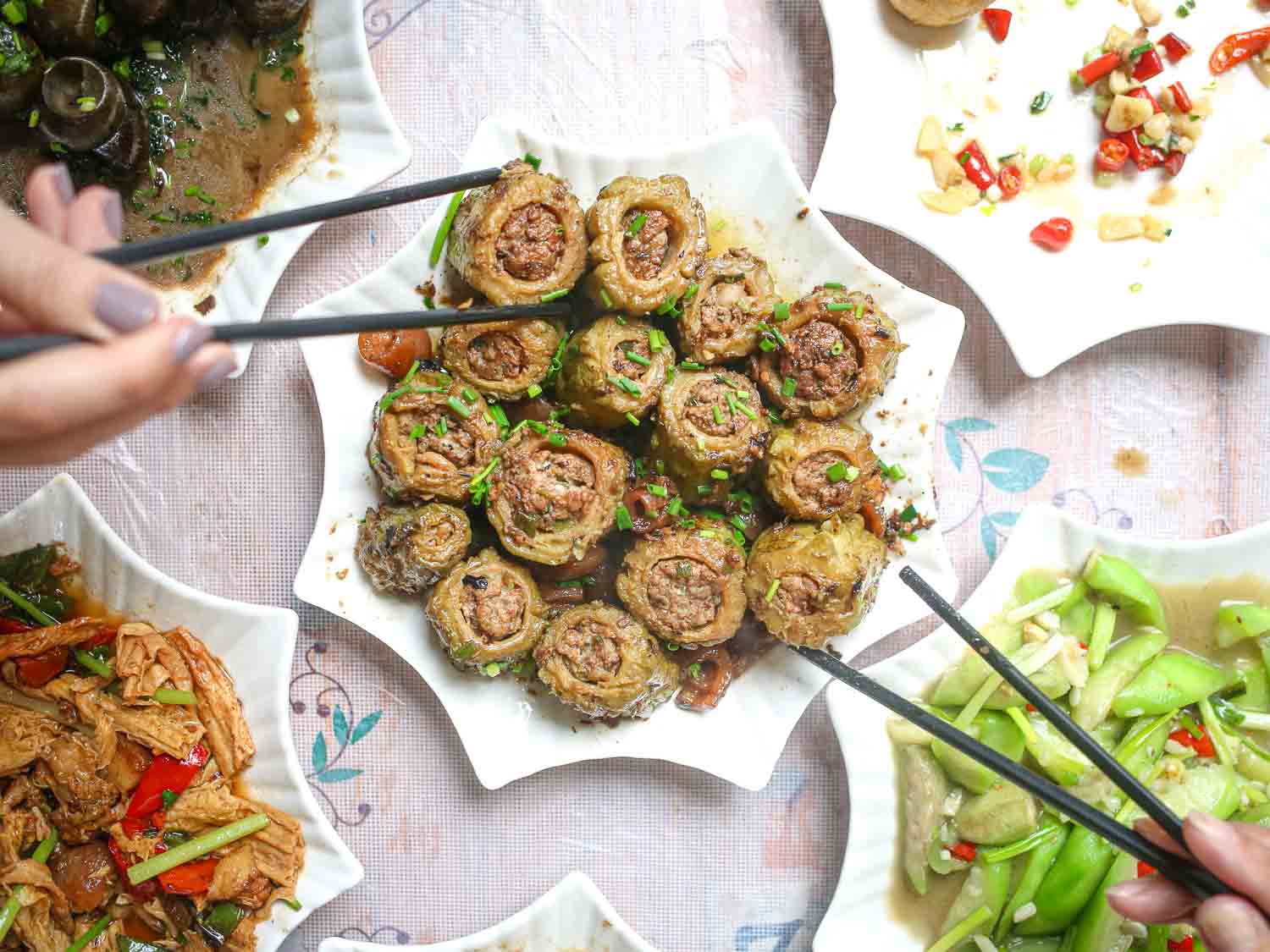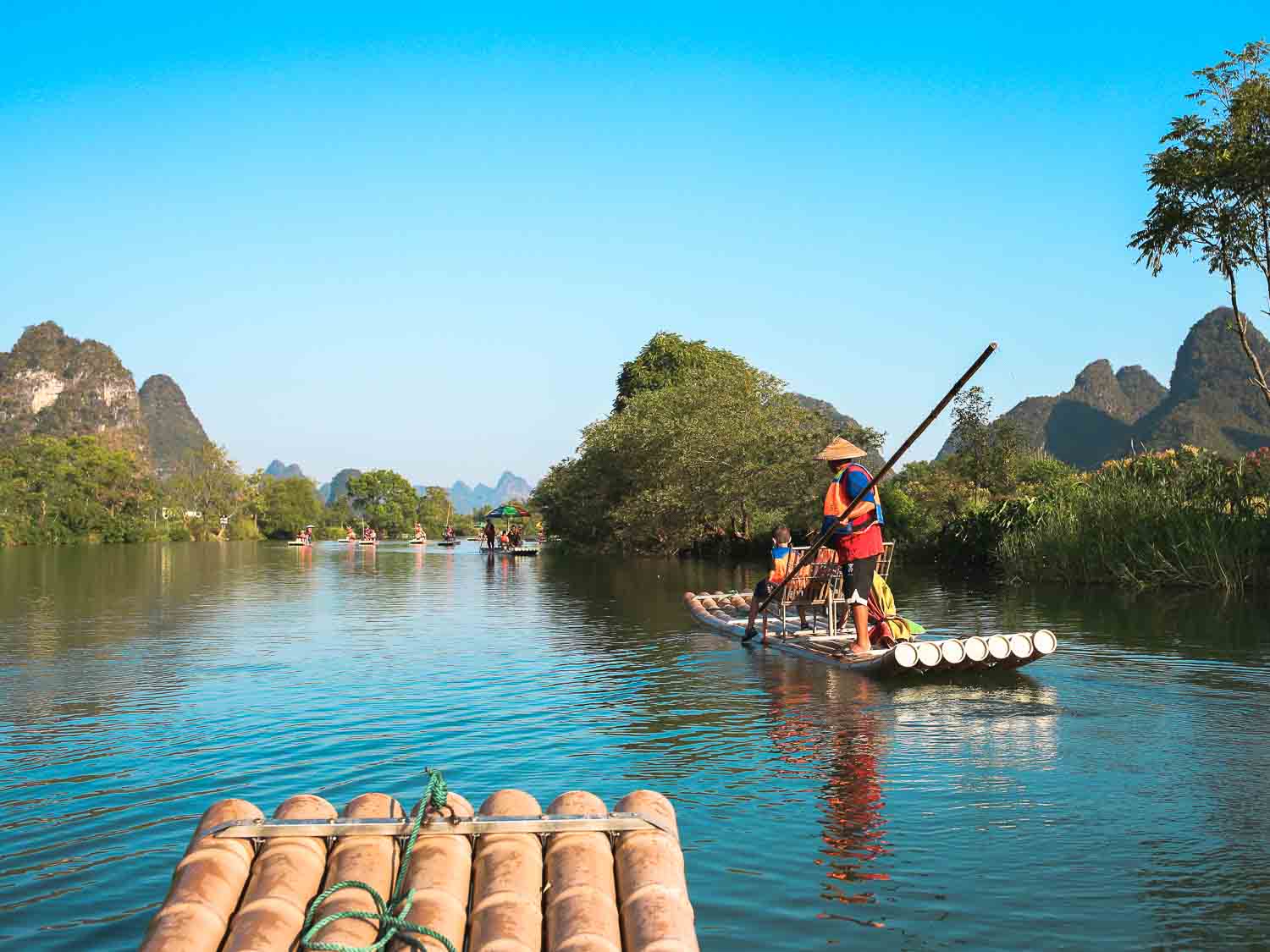Discover the Tastes, Temples, & Tales of Cambodia
From $1400 USD
This one-of-a-kind experience travels from the capital city of Phnom Penh, through the vibrant countryside of Battambang, and finishes with a bang in Siem Reap and Angkor Wat’s ruined temples. We’ll discover Cambodia’s incredible cuisine, history, and beauty, and meet the locals who have called this place home for generations.
8 days, 7 nights

